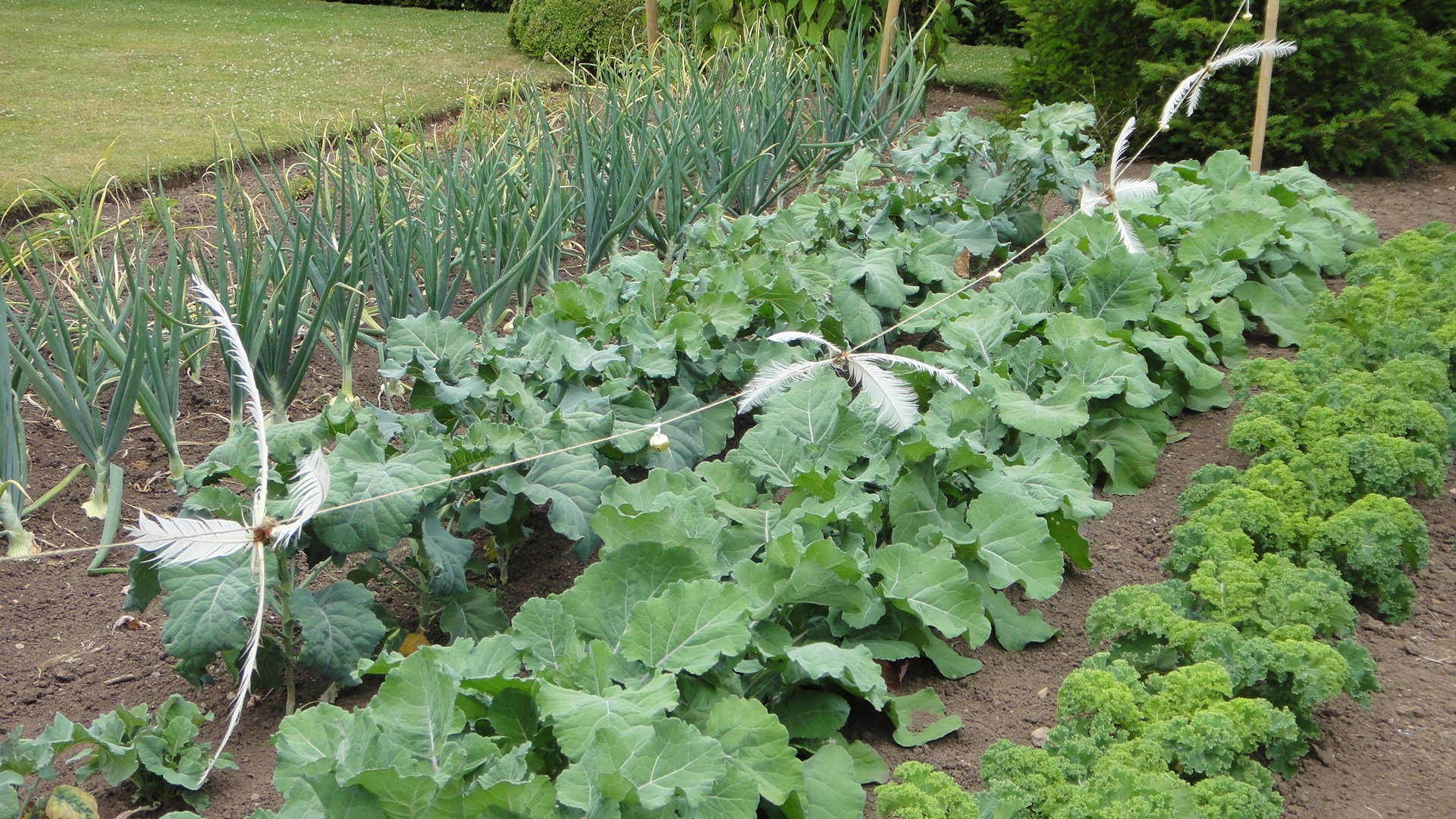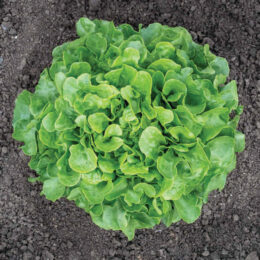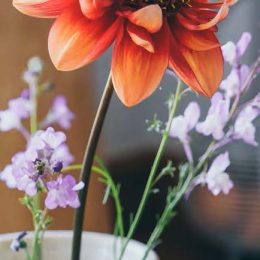
Photo by Purdue University
By B. Rosie Lerner
Fall is an excellent time to grow many vegetable crops in Indiana. The gardener can take advantage of cooler temperatures and more plentiful moisture, and fall gardening allows you to harvest produce after earlier crops have faded.
Many vegetable crops are well adapted to planting in late summer for a fall harvest. Early spring-planted crops such as radishes, lettuce and spinach tend to bolt (produce seed) and become bitter in response to hot summer weather. So now is the time to replant those and take advantage of the shorter cooler days to come. Broccoli, cauliflower and Brussels sprouts are also well adapted to fall gardening; they produce best quality and flavor when they can mature during cooler weather.
In much of Indiana, the first 32 degrees F frost date usually falls sometime in mid-to- late October. Use fast-maturing cultivars whenever possible to ensure a harvest before killing frost occurs. Check with your local garden centers for available plants and seed.
To prepare your garden for a fall crop, remove previous crop residue and weeds. If needed, till or spade about 6-8 inches deep to loosen soil. You likely can get by with just a light application of nitrogen fertilizer, but if the soil has been heavily cropped, you may need to apply additional potassium and phosphorus.
Late summer plantings often suffer from hot soil and/or lack of water. Soils may form a hard crust over the seeds, which can interfere with seed germination, particularly in heavy soils. Use a light mulch of compost or vermiculite over the seed row to prevent a crust from forming. Seeds of lettuce, peas and spinach, in particular, do not germinate well when soil is 85 degrees F and above — shading over the seed row may help.
Do not allow seedlings and young transplants to dry out excessively. Apply 1 inch of water in a single application each week to thoroughly moisten the soil, if rainfall is inadequate. Young seedlings may need to be watered more often during the first week or two of growth. Young transplants may benefit from light shade for the first few days until their new roots become established.
Indiana often enjoys several more weeks of good growing after the first frost. You can extend the fall growing season for tender crops by protecting them through early, light frosts.
Rosie Lerner is the Purdue Extension consumer horticulturist and a consumer of Tipmont REMC. Have a question about gardening? Use the form to send it to us. Or, questions about gardening issues may be sent to: “Ask Rosie,” Electric Consumer, P.O. Box 24517, Indianapolis, IN 46224, or ec@ElectricConsumer.org.



